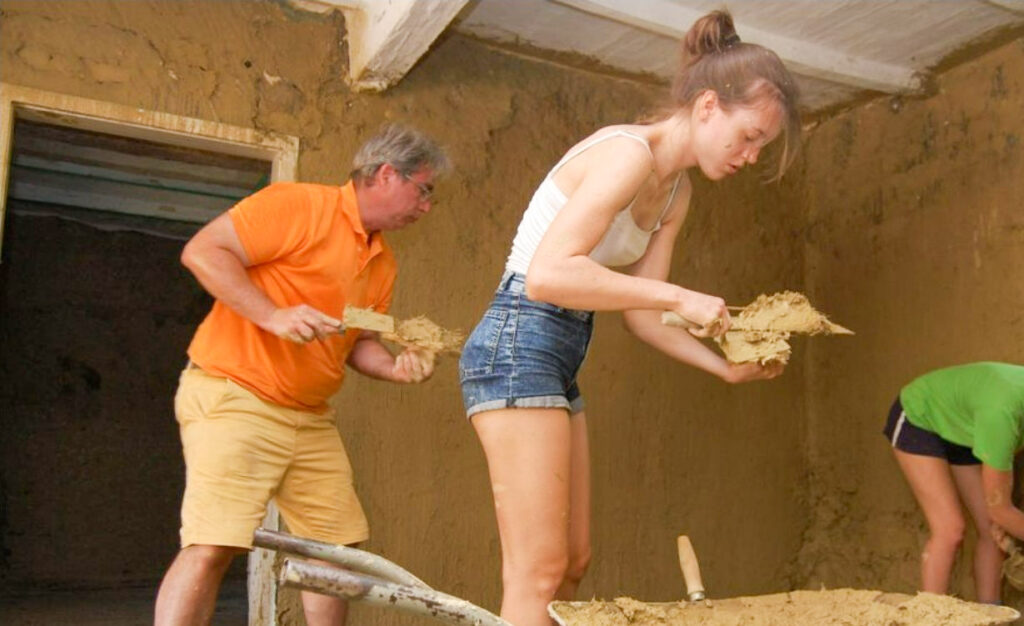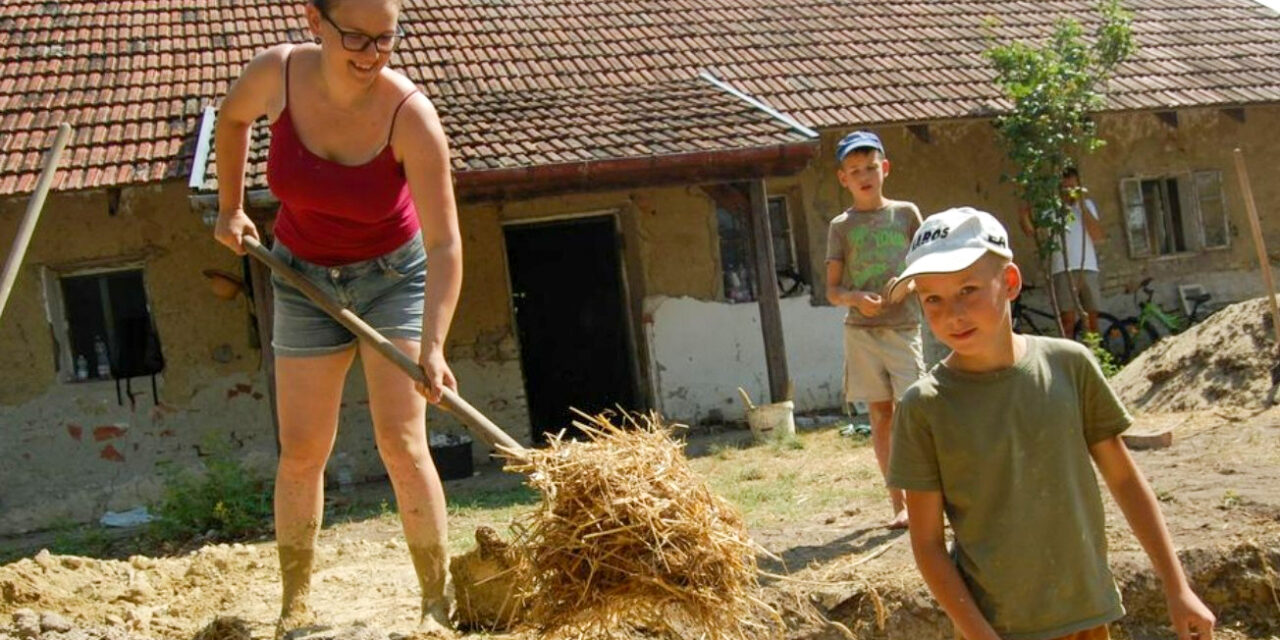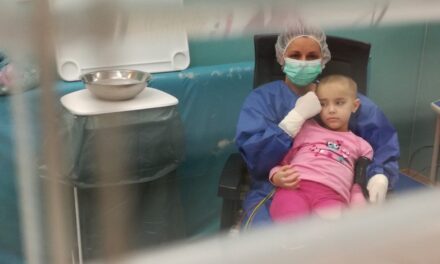Volunteers are working to save one of the village's oldest farms in Kunszállás. The camp, which takes place within the framework of the Nagyapám háza architectural program, is realized in cooperation with the local municipality and the Kunszállás Local Patriots Association. The goal of the organizers is to restore the more than 130-year-old farmstead to its old appearance.
The building known as the Patyi farm located on the border of the village, near the Cines fishing lake, became the property of the municipality about ten years ago. However, not much has happened to the building in the past decade or so. Having inherited the task from his predecessor, Márk Roland Almási, mayor, has been looking for the possibility of renovating and utilizing the farm for more than two years. Bianka Bartucz, an architecture student from Kunszállás, became a partner in this, and based on his idea, they became involved in the Grandfather's House architectural program.
As a first step, they are working on preserving the building's condition, paying attention to the use of traditional architectural technologies used in the past. The volunteers will first renovate the interior spaces, the mayor baon.hu. Said,
since they cannot do everything during the one-week camp, they plan to continue the camp in several stages until the farm is completely renewed.
They have several ideas regarding the subsequent utilization.
It is certain that the farm will be the scene of community programs. It has been suggested that it will be used as an open-air museum for tourist purposes. But it is also possible that it will function as a living farm, since the villages are becoming more and more urbanized, and there are fewer and fewer opportunities for children to get to know the former farm life, domestic animals, the kerosene lamp, or even the steam oven
- the mayor, whose two young sons are actively involved in the renovation of the farm, explained his plans.
This farm is also very good for showing what old life was like here in the middle of Kiskunság, as it is a traditional, three-part farmhouse, complete with a chamber, built of adobe bricks - took the floor from the mayor, Bianka Bartucz, who as an architecture student entered the project with great enthusiasm for the renovation of the farm. Said,
this type of lowland house is very rare, especially in such good condition.
That is why he is happy that the application was successful.
The volunteers who came to Kunszállás from many parts of the country are currently working on plastering the interior walls of the house so that they can get to know these traditional construction techniques in practice.
Bianka Bartucz said that the essence of taping is to make the surface smooth and cover the cracks. This will be followed by lime plastering. Clay found nearby, chopped straw and water are used for taping. The resulting mass is applied 2-3 cm thick to the adobe walls. After that, a smoothing layer mixed with sand, clay and water is applied, and finally the lime plastering will come on top of that.
The doors and windows will also be renovated. The building has so-called connected sash windows and paneled doors, which are also typical of the Alföld. Although it has already been demolished, the building probably also had a dome furnace, which they also want to rebuild, Bianka explained.

Photo: Vajda Piroska / baon.hu
Last year, the Grandfather's House program celebrated its jubilee
In 2012, András Krizsán, the YBL award-winning architect, created the Grandfather's House program series, the purpose of which is to maintain traditional construction culture and help the survival and preservation of crafts. In the first half of the year, those interested can learn folk architectural techniques in the framework of a series of lectures, while in the summer period, in construction camps. The initiative also aims to renovate old buildings with community cooperation and the participation of volunteers. The successful applicants participating in the program will receive professional guidance, including those from Kunszállás. By the way, the Kunszállás camp is the first such camp in the Great Plain - we learned from Bianka Bartucz, who also said that the volunteers participating in the camp are hosted by the municipality. As part of the camp, you can also hear professional lectures on the ethnography of Kiskunság and the medieval settlement network between the Danube and Tisza.
Source: baon.hu
Cover photo: Vajda Piroska / baon.hu












